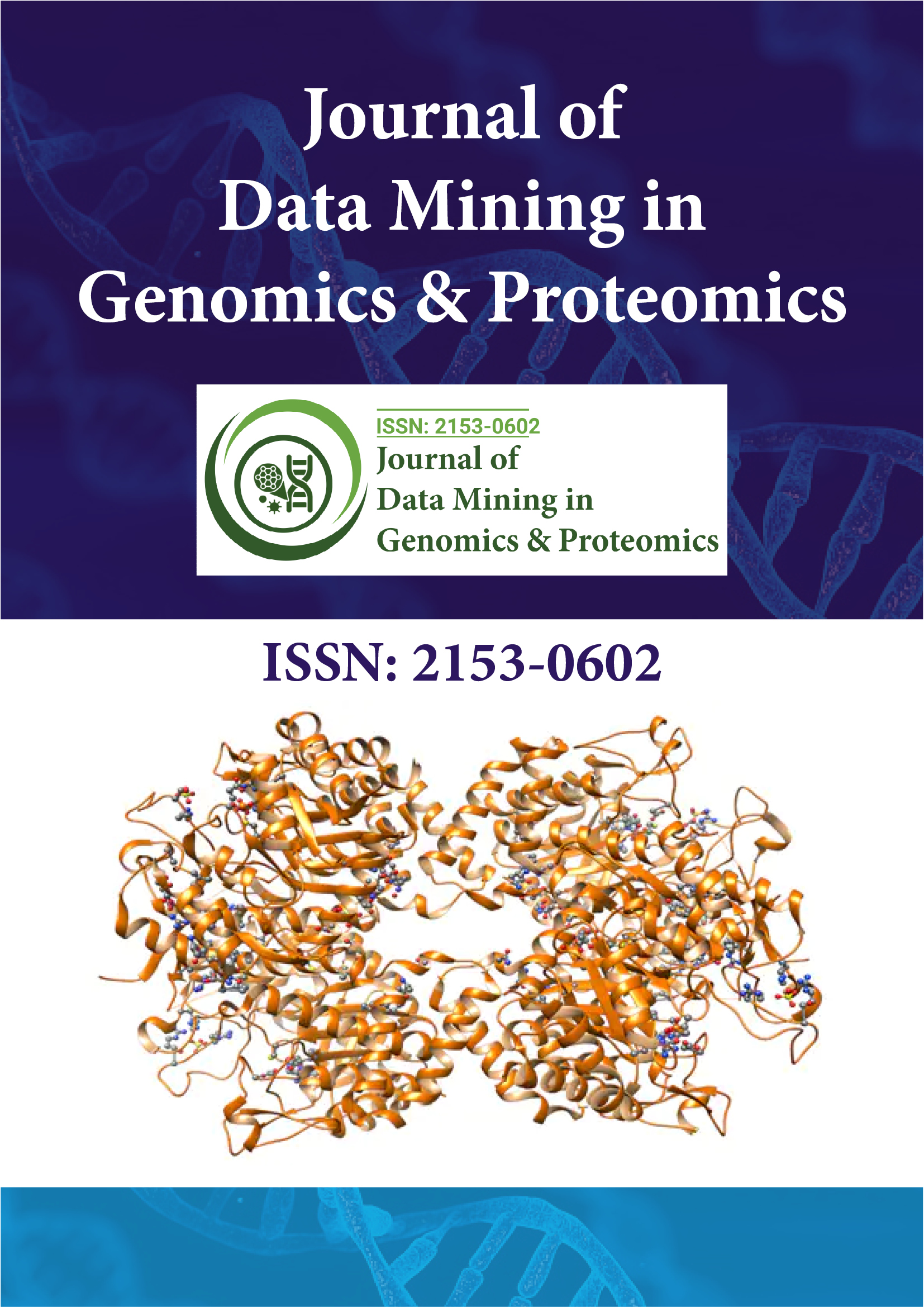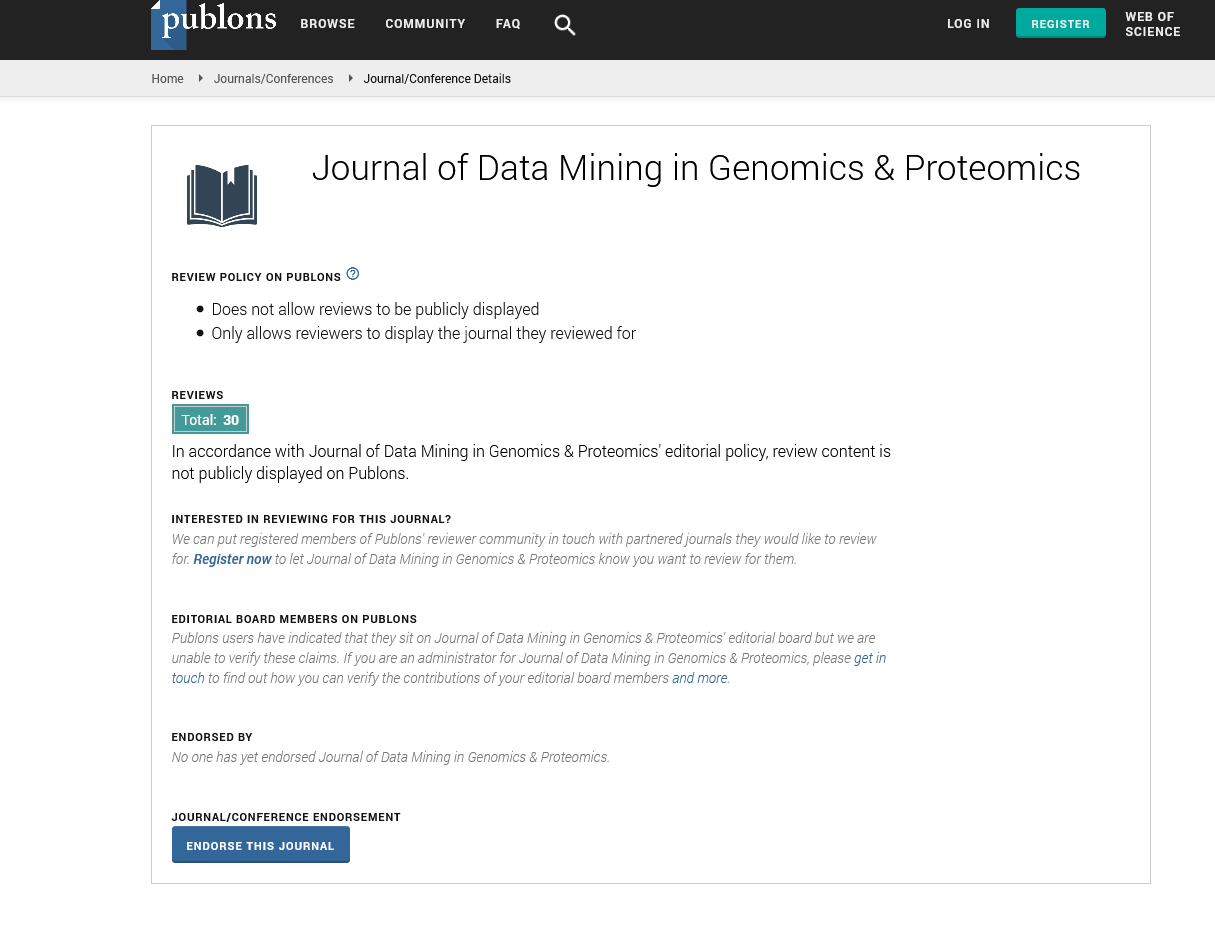Indexed In
- Academic Journals Database
- Open J Gate
- Genamics JournalSeek
- JournalTOCs
- ResearchBible
- Ulrich's Periodicals Directory
- Electronic Journals Library
- RefSeek
- Hamdard University
- EBSCO A-Z
- OCLC- WorldCat
- Scholarsteer
- SWB online catalog
- Virtual Library of Biology (vifabio)
- Publons
- MIAR
- Geneva Foundation for Medical Education and Research
- Euro Pub
- Google Scholar
Useful Links
Share This Page
Journal Flyer

Open Access Journals
- Agri and Aquaculture
- Biochemistry
- Bioinformatics & Systems Biology
- Business & Management
- Chemistry
- Clinical Sciences
- Engineering
- Food & Nutrition
- General Science
- Genetics & Molecular Biology
- Immunology & Microbiology
- Medical Sciences
- Neuroscience & Psychology
- Nursing & Health Care
- Pharmaceutical Sciences
Perspective - (2023) Volume 14, Issue 3
Innovation in Plant Biotechnology: Pioneering Transgene-Free Genome Editing Methods
Keishi Ueta*Received: 19-Apr-2023, Manuscript No. JDMGP-23-21519; Editor assigned: 21-Apr-2023, Pre QC No. JDMGP-23-21519 (PQ); Reviewed: 05-May-2023, QC No. JDMGP-23-21519; Revised: 15-May-2023, Manuscript No. JDMGP-23-21519 (R); Published: 22-May-2023, DOI: 10.4172/2153-0602.23.14.292
Abstract
Description
Genome editing is a powerful technology that enables precise and targeted modification of DNA sequences in living organisms. In plants, genome editing can be used to create novel traits for crop improvement, such as enhanced yield, quality, resistance to biotic and abiotic stresses, and herbicide tolerance. However, most genome editing methods rely on the integration of transgenic DNA constructs that encode the editing components, such as nucleases and guide RNAs, into the plant genome. This raises regulatory and public concerns regarding the safety and environmental impact of Genetically Modified Organisms (GMO’s). Therefore, there is a growing demand for developing transgene-free genome editing strategies that can avoid or eliminate the integration of foreign DNA in plant genomes.
• Transgene-free genome editing can be achieved by three main approaches.
• Elimination of transgenic sequences via genetic segregation.
• Transient expression of editing components from DNA vectors.
• Direct delivery of editing components without DNA vectors.
Each approach has its own advantages and disadvantages in terms of efficiency, specificity, versatility, and applicability.
The first approach is based on the use of conventional transgenic plants that carry the editing components integrated into their genomes. These plants are then crossed with wild-type plants or self-pollinated to generate progeny that inherit the desired mutations but not the transgenes. The main advantage of this approach is that, it can use any existing genome editing tools and achieve high mutation efficiency. However, the disadvantages are that it requires long breeding cycles, large population sizes, and molecular screening to obtain transgenefree plants. Moreover, it may not be suitable for some plant species that are recalcitrant to transformation or have long generation times.
The second approach is based on the use of DNA vectors that can transiently express the editing components in plant cells without integrating into their genomes. These vectors can be delivered by various methods, such as Agrobacterium-mediated transformation, biolistic, electroporation, or viral infection. The main advantage of this approach is that, it can avoid stable integration of foreign DNA and reduce the risk of off-target effects. However, the disadvantages are that it may have low efficiency and specificity due to the variable expression levels and durations of the editing components. Moreover, it may still require for molecular screening to confirm the absence of vector DNA in the edited plants.
The third approach is based on the use of DNA-free editing components that can directly induce mutations in plant genomes without any vector delivery. These components can be either RNA molecules (such as mRNA or gRNA) or Ribo-Nucleo Protein complexes (RNPs) composed of nuclease and gRNA. These components can be delivered by various methods, such as biolistic, electroporation, microinjection, or nanoparticle-mediated delivery. The main advantage of this approach is that, it can achieve high efficiency and specificity of genome editing without any foreign DNA integration. Moreover, it can be applied to any plant species regardless of their transformation ability or generation time. However, the disadvantages are that, it may require sophisticated delivery systems and optimization of delivery conditions. Moreover, it may have limited versatility due to the instability and degradation of RNA molecules or RNPs.
In conclusion, transgene-free genome editing in plants is a promising strategy for crop improvement that can overcome the regulatory and public barriers associated with GMO’s. However, each strategy has its own strengths and limitations that need to be considered for different applications and plant species. Further research and development are needed to improve the efficiency, specificity, versatility, and applicability of transgenefree genome editing methods in plants.
Citation: Ueta K (2023) Innovation in Plant Biotechnology: Pioneering Transgene-Free Genome Editing Methods. J Data Mining Genomics Proteomics. 14:292.
Copyright: © 2023 Ueta K. This is an open access article distributed under the terms of the Creative Commons Attribution License, which permits unrestricted use, distribution, and reproduction in any medium, provided the original author and source are credited.

